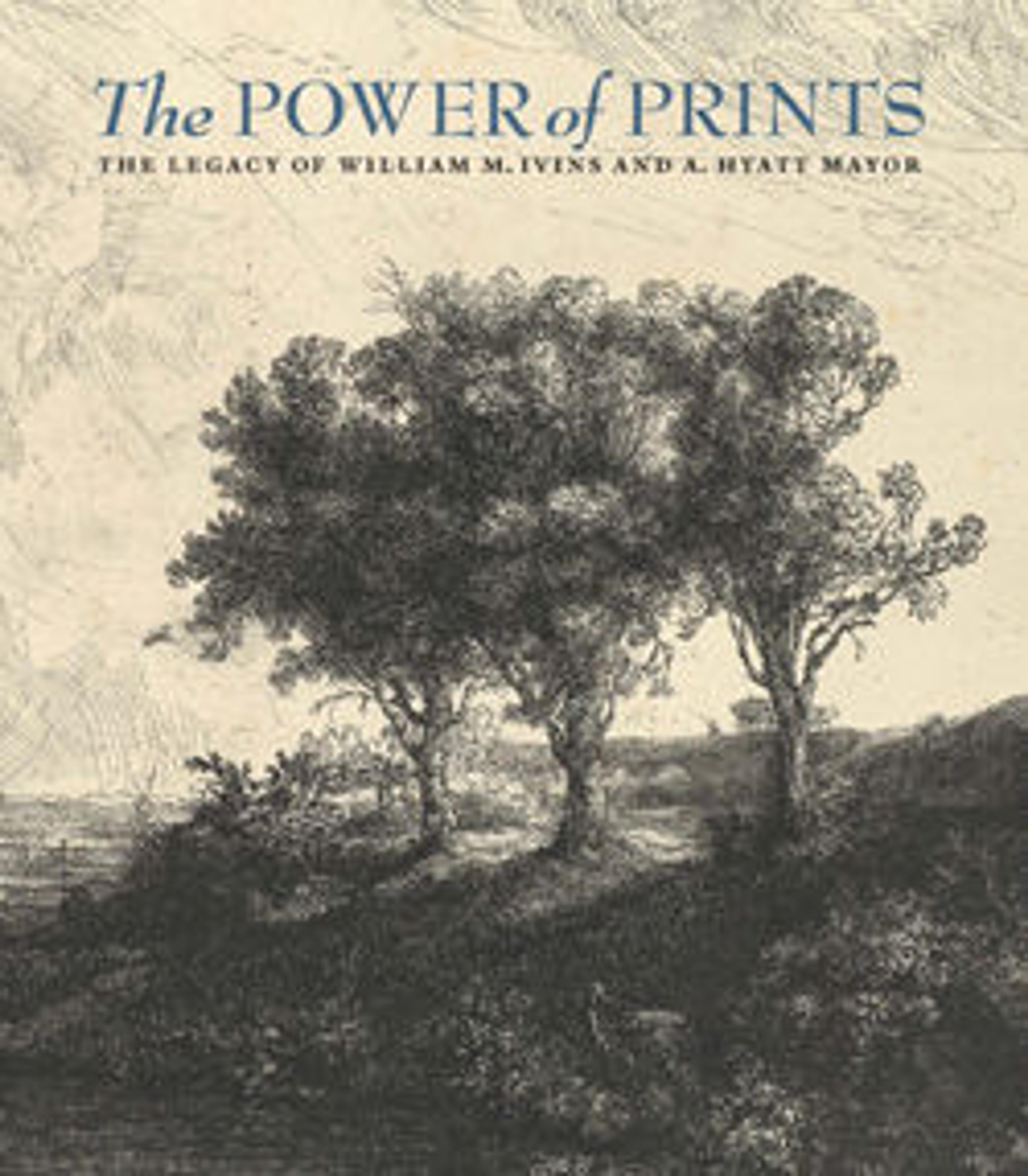Vase
This gourd-shaped vase is a masterful example of traditional metalworking. Dunand excelled at the craft of dinanderie—a term derived from Dinant, a town near Liège, Belgium, where hand-worked metalwares had been produced since the Middle Ages. The process consists of raising a form from a thin, flat sheet of metal (usually copper) by hammering over shaped molds in a spiral pattern starting at the center of the sheet. Occasional reheating of the object is necessary to prevent the metal from becoming too brittle and fracturing during the process.
A sulphuric acid bath and rapid beating of the surface with a flat-headed mallet eliminates visible hammer marks from a finished piece. In this case, the copper body was embellished with inlaid silver decoration.
A sulphuric acid bath and rapid beating of the surface with a flat-headed mallet eliminates visible hammer marks from a finished piece. In this case, the copper body was embellished with inlaid silver decoration.
Artwork Details
- Title: Vase
- Designer: Jean Dunand (French (born Switzerland), Lancy 1877–1942 Paris)
- Date: ca. 1920
- Medium: Copper, inlaid silver
- Dimensions: 7 7/8 × 3 1/8 in., 0.5 lb. (20 × 7.9 cm, 0.2 kg)
- Classification: Metalwork-Copper
- Credit Line: Purchase, Edward C. Moore Jr. Gift, 1923
- Object Number: 23.39.2
- Curatorial Department: Modern and Contemporary Art
More Artwork
Research Resources
The Met provides unparalleled resources for research and welcomes an international community of students and scholars. The Met's Open Access API is where creators and researchers can connect to the The Met collection. Open Access data and public domain images are available for unrestricted commercial and noncommercial use without permission or fee.
To request images under copyright and other restrictions, please use this Image Request form.
Feedback
We continue to research and examine historical and cultural context for objects in The Met collection. If you have comments or questions about this object record, please contact us using the form below. The Museum looks forward to receiving your comments.
